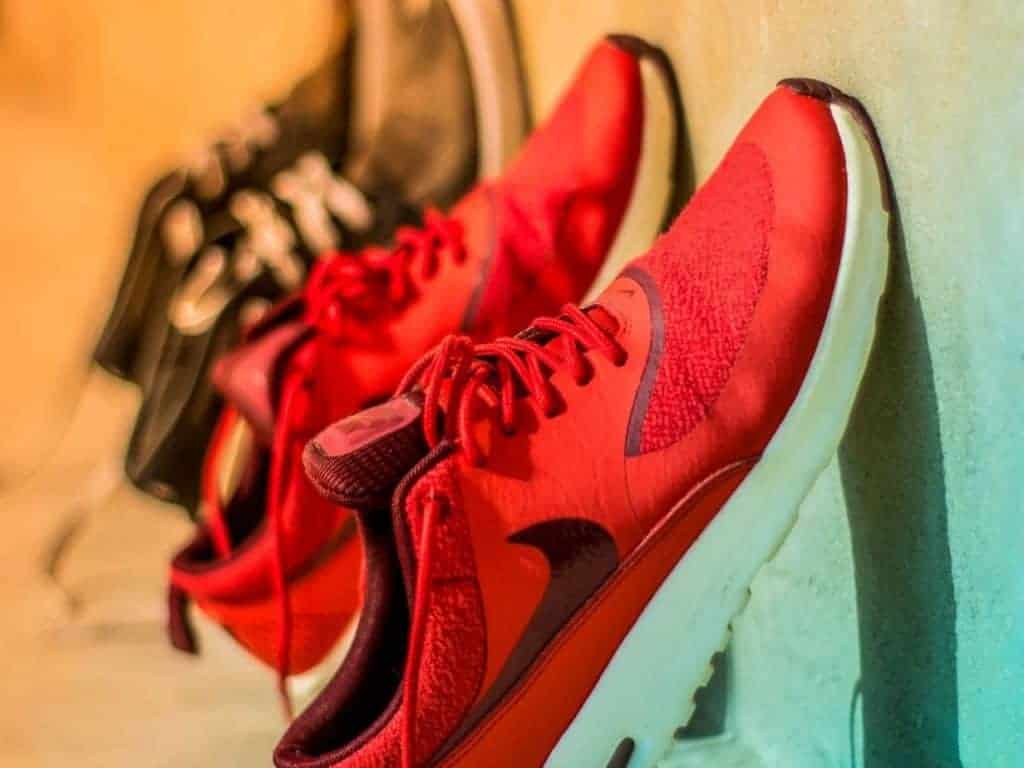Running shoe technology helps every runner stay motivated and run more efficiently. Learn about the new technologies in running shoes.
In the world of athletic shoes, every step is a testament to the power of groundbreaking technology. Today’s running sneakers are more than footwear; they are meticulously engineered marvels that incorporate advanced materials, biomechanical insights, and digital integration. This fusion of running shoe technology has redefined performance, comfort, and the very experience of running.
1. Introduction: The Crossroads of Performance and Innovation in Running Shoes
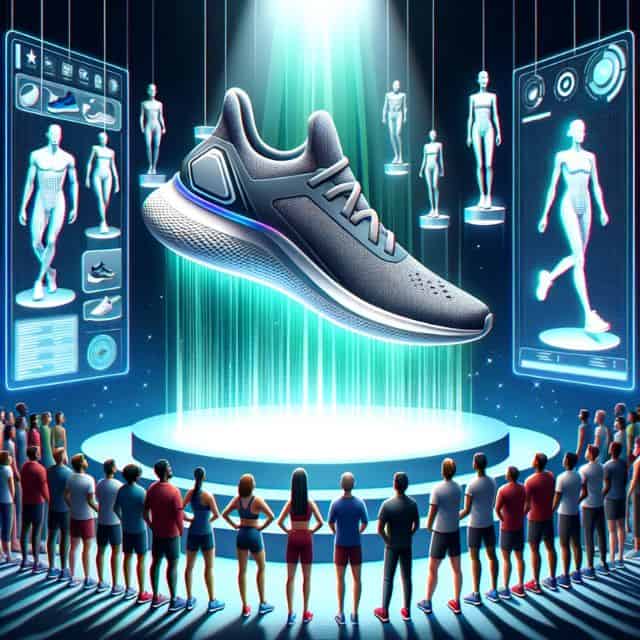
Every revolution begins with a step, and in the world of athletic shoes, that step is powered by groundbreaking technology. Today’s running sneakers aren’t just footwear; they’re meticulously engineered marvels that incorporate advanced materials, biomechanical insights, and digital integration. This fusion of running shoe technology has redefined performance, comfort, and even the very experience of running.
1.1. The Evolution of Running Shoe Technology
From the rudimentary rubber soles of the past to the advanced cushioning systems of today, running shoes have undergone a profound transformation. With the influx of running shoe innovation, there’s a meticulous blend of science and art in every stride. Historical milestones include:
- The introduction of running shoe cushioning systems enhances the runner’s comfort and responsiveness.
- Running shoe flexibility advancements mimic the foot’s natural movement, reducing the risk of injuries.
- Running shoe breathability features, ensure optimal temperature regulation during intense workouts or marathons.
1.2. Why New Technologies Matter in Athletic Footwear
In a world increasingly driven by data, running shoe data analysis and the integration of running shoe sensors offer real-time feedback, from pace to foot strike patterns. These aren’t mere features; they’re transformational tools for athletes:
- Personalization is more than a buzzword; it’s the ability to tailor running shoe fit, cushioning, and support to an individual’s foot shape and gait, enhancing performance and reducing injury risk.
- Sustainability in running shoe materials is not just about being eco-friendly. It’s a commitment to the future, emphasizing running shoe recyclability and reducing the running shoe carbon footprint.
- Connectivity allows integration with apps, offering running shoe training regimes, running shoe tracking, and even running shoe challenges for a community-driven experience.
This journey into the realm of running shoe technology isn’t just about improving athletic performance. It’s about elevating the human experience, bridging the gap between potential and achievement, and making every run more than just a race — a celebration of human potential and technological excellence.
2. Groundbreaking Materials and Construction

In the realm of athletic shoes, it’s evident that materials and construction techniques play pivotal roles. As running sneakers continue to evolve, they witness the incorporation of cutting-edge technologies that are designed not just for aesthetics but primarily for performance. From the incorporation of carbon fiber plates to the debates surrounding midsole materials, let’s dive deep into the very fabric of modern running gear.
2.1. Carbon Fiber Plates: The Rise of Super Shoes
Once exclusive to elite racing circuits, carbon fiber plates are now being embedded in the midsoles of mainstream running sneakers. So, what’s the fuss about?
- Running shoe performance enhancement: Carbon plates are designed to act like a spring, propelling the runner forward with each step.
- Energy efficiency: Reducing the workload on the calf muscles, these plates optimize energy return, making runs feel more effortless.
- Running shoe durability: Carbon fiber, with its exceptional strength-to-weight ratio, ensures a longer lifespan for the shoe, even under extreme conditions.
2.2. Ethylene-Vinyl Acetate (EVA) vs. Polyurethane (PU) Midsoles
Central to the footwear technology of modern athletic shoes is the midsole material, often a toss-up between EVA and PU.
- EVA Midsoles: Loved for their lightweight properties, EVA midsoles offer a balanced mix of running shoe cushioning and flexibility. However, their major drawback is longevity; they tend to compress faster.
- PU Midsoles: PU stands out for its running shoe durability. It’s denser and offers sustained cushioning over longer periods. But, it’s heavier than EVA, which might influence the runner’s speed.
The ideal choice? It often boils down to the runner’s preference: speed and agility versus durability and sustained comfort.
2.3. Advancements in Upper Shoe Material: Breathability and Durability Combined
Gone are the days when runners had to choose between running shoe breathability and durability. With the latest running shoe design innovations:
- Seamless uppers reduce potential irritation points, ensuring improved running shoe comfort.
- Advanced mesh designs promise breathability without compromising on running shoe durability.
- Integration of materials like TPU (thermoplastic polyurethane) ensures that the uppers are resistant to wear and tear while being flexible.
2.4. Sustainable Materials: The Environmentally Conscious Runner’s Choice
The green revolution is making strides in the world of athletic shoes:
- Running shoe sustainability has become a key focus, with brands exploring materials like recycled ocean plastics and organic cotton.
- Running shoe eco-friendliness isn’t just a marketing term. It’s about creating shoes that last longer, thus reducing wastage.
- As part of the push for running shoe circularity, brands are now offering recycling programs, where old shoes are upcycled into playground materials or other footwear.
The takeaway? Materials and construction aren’t just about enhancing performance anymore. It’s a blend of performance, comfort, and a deep-rooted commitment to the planet.
3. Enhanced Performance and Injury Prevention
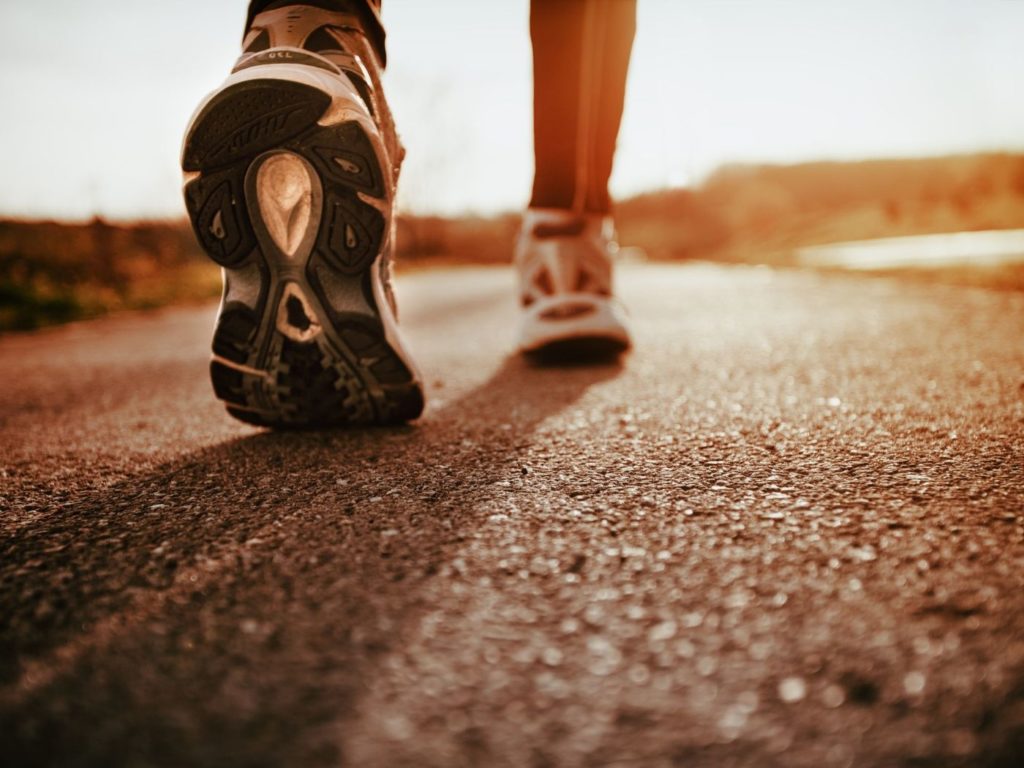
The fusion of biomechanics and footwear technology is no longer a mere proposition but a reality that’s reshaping the world of athletic shoes. A good running sneaker doesn’t just improve speed; it plays a crucial role in injury prevention, facilitates efficient energy return, and ensures optimum foot health. Let’s unravel the intricate relationship between design features and the physical well-being of runners.
3.1. The Role of Biomechanics in Shoe Design
Biomechanics, essentially the science of movement, provides insights into how our body interacts with the external environment, especially the ground. When applied to running shoe design:
- Gait analysis: Helps in understanding a runner’s unique foot strike pattern, guiding the shoe’s design for better running shoe support.
- Running shoe pressure mapping: Identifies areas of high pressure and strain on the foot, allowing for targeted cushioning and support.
- Running shoe data analysis: Using wear-test data to understand and improve shoe longevity and overall performance.
3.2. Sole Flexibility and Natural Foot Movement
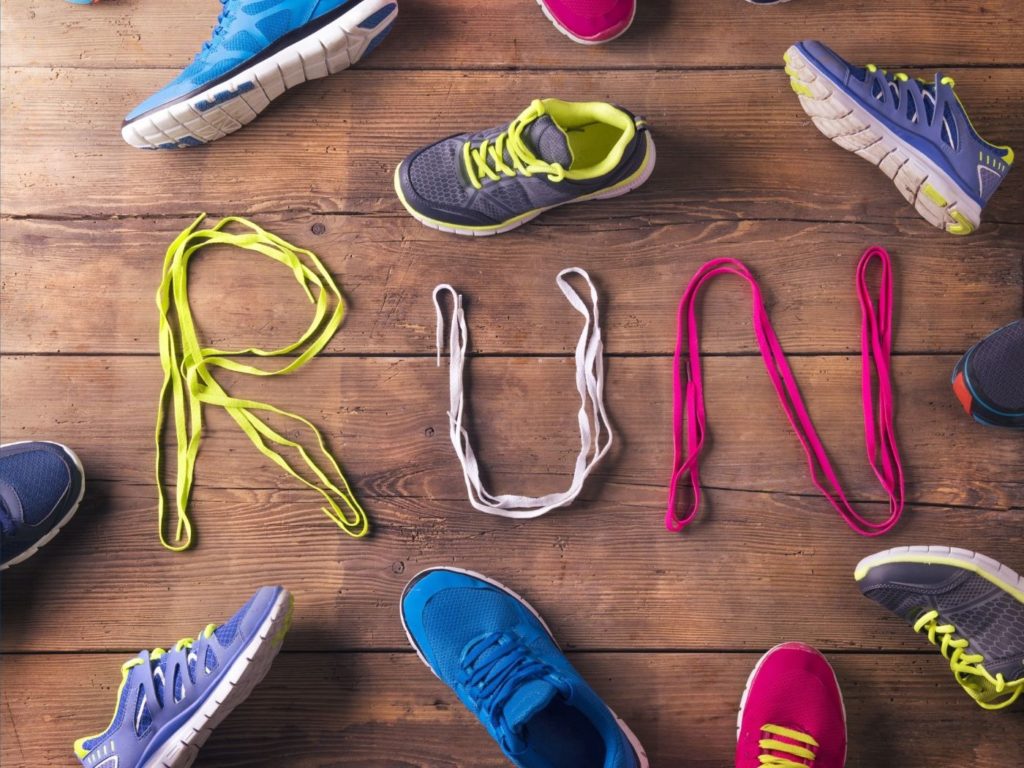
Our feet are complex, with 26 bones, 33 joints, and over 100 muscles. The sole’s design should, therefore, mimic the foot’s natural motion:
- Running shoe flexibility: Crucial for allowing natural toe-off during propulsion.
- Running shoe responsiveness: Ensuring that the energy exerted by the foot is returned, enhancing performance.
3.3. Cushioning Innovations: Balancing Softness and Responsiveness
While cushioning ensures running shoe comfort, it shouldn’t come at the expense of energy return:
- Advanced foam technologies deliver a balance, ensuring that the foot doesn’t sink too deep, maintaining the runner’s energy levels.
- Running shoe injury prevention also hinges on cushioning, as it absorbs shock and reduces the strain on joints.
3.4. Traction and Grip in Varied Terrains
Runners, whether they tread on rugged trails or smooth tarmacs, demand traction to prevent slips and falls:
- Outsole designs optimized for running shoe traction offer a firmer grip, especially on wet surfaces.
- Running shoe durability is enhanced with outsoles resistant to wear and tear, ensuring a longer lifespan even on rough terrains.
In conclusion, while the aesthetics of running sneakers often steal the limelight, it’s the intricate interplay of biomechanics, materials, and design that truly define the shoe’s caliber. Prioritizing the well-being of the runner, the modern running shoe innovation caters not just to the feet but the entire body, promising enhanced performance and minimized injury risks.
4. Personalization and Custom Fit: The New Paradigm in Running Sneakers
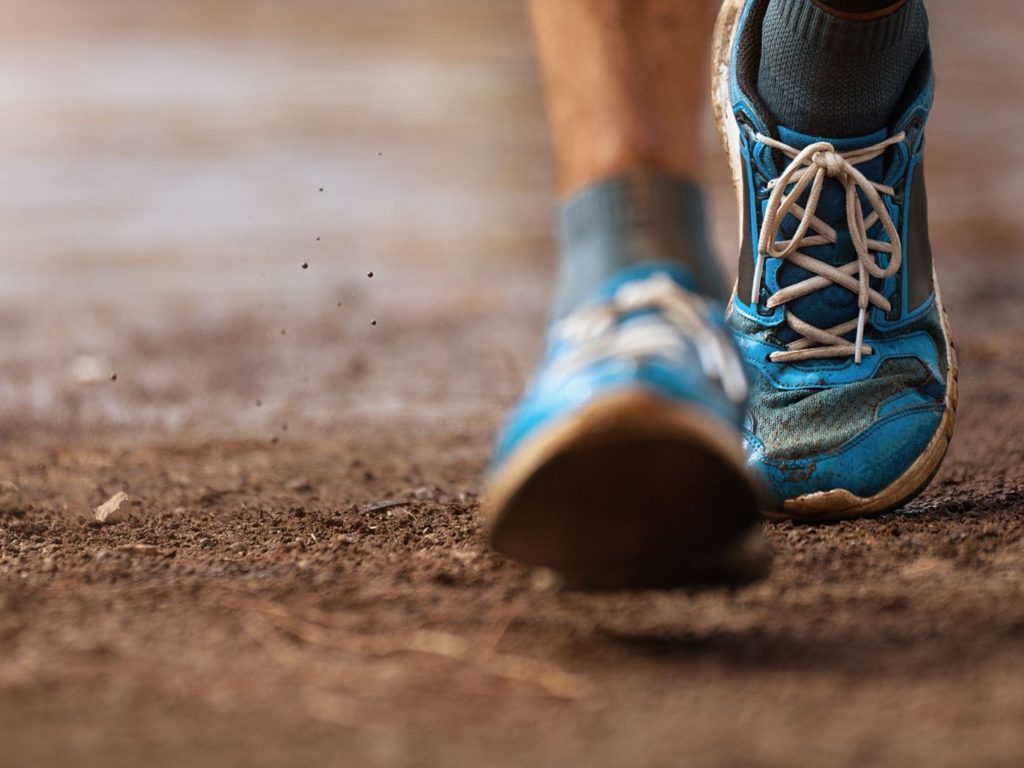
Gone are the days when runners had to adjust to the shoe. With the advancement of footwear technology, now shoes adjust to the runner. Personalization and custom fit have emerged as the modern ethos in athletic shoes, harnessing the powers of tech innovation to ensure every stride is supported, every movement is natural, and every run is efficient.
4.1. 3D Printing: Tailoring Shoes to Individual Feet
The breakthrough of 3D printing has revolutionized the running shoe construction process:
- Running shoe customization through 3D printing allows for the creation of midsoles that cater to the runner’s unique biomechanics.
- Beyond just size, shoes can now cater to specific pressure points, arch shapes, and running shoe biomechanics.
4.2. Smart Sensors and Real-time Feedback: The Future is Now
The integration of smart sensors in running sneakers is not a mere luxury; it’s a game-changer:
- Running shoe tracking offers insights into stride length, cadence, and ground contact time.
- Real-time feedback ensures instant course correction, enhancing running shoe coaching and preventing potential injuries.
- Running shoe sensors analyzing gait patterns can predict when a shoe is nearing the end of its life, optimizing running shoe durability and performance.
4.3. Adjustable Sole Rigidity: Adapting to Diverse Terrains
Runners no longer need different shoes for different terrains:
- Sole rigidity can be adjusted based on whether you’re running on a trail, track, or treadmill, ensuring consistent running shoe performance.
- Dynamic adjustment of sole rigidity also aids in running shoe injury prevention, especially when transitioning between different terrains.
In summary, the realm of running gear is undergoing a transformative phase, with shoes morphing from being static pieces of gear to dynamic equipment that molds as per the runner’s needs. This shift promises not just superior performance but also a future where every runner, whether a novice or a pro, has a shoe that feels like it’s made just for them.
5. Aesthetics Meets Functionality: The Harmony in Running Shoe Design
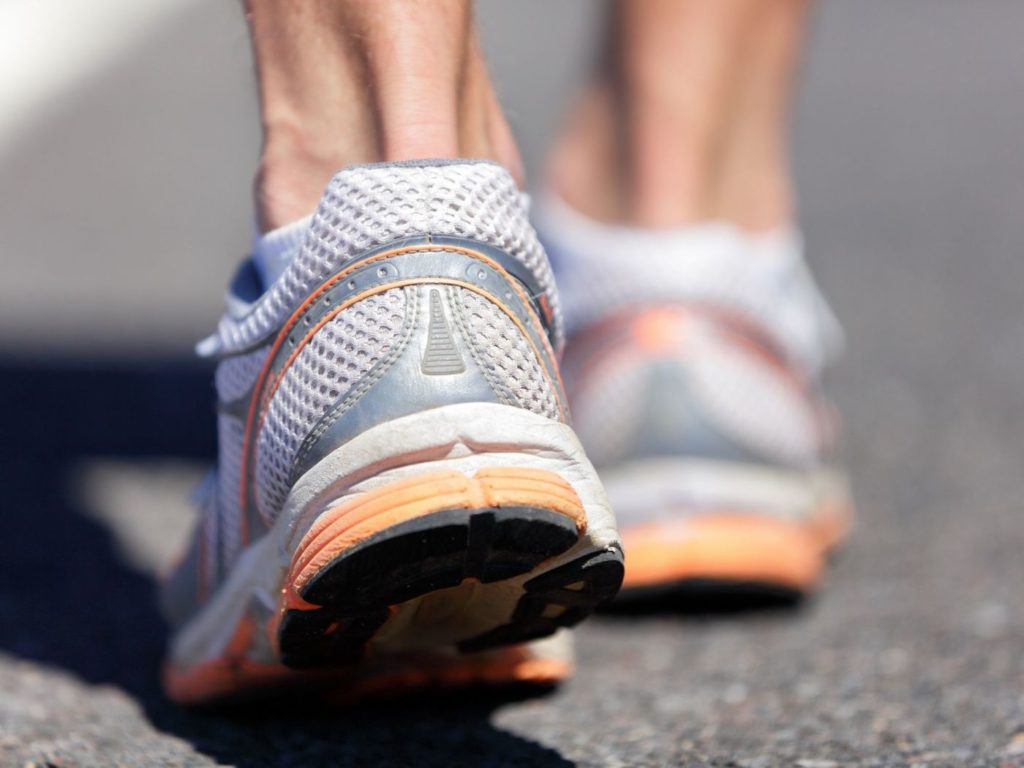
In the bustling world of athletic shoes, there exists a harmonious intersection where aesthetics beautifully aligns with functionality. This equilibrium is pivotal, especially in the realm of running sneakers, where design not only carries the weight of visual appeal but also significantly impacts performance.
5.1. How Design Affects Performance
The running shoe design is no longer merely about style; it’s intrinsically tied to running shoe performance:
- Running shoe breathability: Strategically placed vents ensure efficient air circulation, keeping the feet cool during rigorous runs.
- Running shoe flexibility and running shoe responsiveness are often the results of meticulous design choices, from the construction of the sole to the positioning of the laces.
- Running shoe durability is not compromised for style; materials chosen are both eye-catching and enduring.
5.2. The Role of Collaborative Branding in Athletic Shoe Popularity

Branding has evolved from simple logo placements:
- Running shoe brand identity becomes more pronounced when merged with popular cultural icons or sports figures, leading to more visibility and acceptance among users.
- Collaborations with celebrities bring a fusion of running shoe creativity and pop culture, creating designs that resonate with broader audiences.
- Running shoe endorsement and running shoe influencer marketing play pivotal roles in creating a buzz around design innovations, melding running shoe inspiration with mainstream trends.
5.3. The Balance of Weight, Design, and Durability
Striking the right balance is an art:
- Running shoe construction techniques have advanced to use lightweight materials without compromising on durability.
- Running shoe cushioning is strategically placed, ensuring running shoe comfort without adding unnecessary bulk.
- Aesthetic elements like color patterns or reflective elements are not mere design afterthoughts; they often enhance visibility during low-light runs, adding to the safety aspect of the running gear.
In the grand tapestry of running shoe innovation, design and functionality coexist, not as adversaries, but as allies. The modern runner is now endowed with sneakers that not only make a statement on the track but also perform impeccably, mile after mile.
6. Future Predictions: Pioneering the Next Generation of Running Gear

In the ceaseless march of progress, athletic shoes stand at the precipice of groundbreaking change. Powered by technological advancements and shifting consumer demands, running sneakers are evolving at an unprecedented pace. This chapter delves deep into the crystal ball, predicting the major shifts we might witness in the next phase of footwear technology.
6.1. The Role of AI in Crafting Perfect Shoes
Artificial intelligence (AI) is not a mere buzzword when it comes to running shoe innovation:
- Running shoe customization reaches new heights as AI analyses individual running shoe gait analysis, running shoe pressure mapping, and running shoe data analysis to create tailor-made solutions for every runner.
- Running shoe coaching becomes personalized as AI integrates running shoe feedback mechanisms, helping athletes optimize their performance and technique.
- Running shoe design thinking evolves with AI, predicting design trends, material longevity, and running shoe sustainability factors.
6.2. Virtual Reality and the Running Shoe Shopping Experience
The shopping experience is poised for a revolutionary change:
- Running shoe virtual reality trials allows customers to virtually ‘wear’ and test sneakers in a variety of terrains and conditions before making a purchase.
- Running shoe augmented reality ensures accurate running shoe sizing and running shoe fit recommendations by overlaying virtual models on the user’s feet.
- Running shoe e-commerce integrates running shoe app integration and running shoe social media integration, providing a seamless shopping journey from discovery to purchase.
6.3. The Quest for the Perfect Sustainable Running Shoe
With global consciousness shifting towards sustainability, the future of running gear is green:
- Running shoe materials are set to become even more running shoe eco-friendly, with innovations in running shoe upcycling and running shoe circularity.
- Aiming to minimize running shoe carbon footprint, brands are increasingly moving towards running shoe renewable energy sources like running shoe solar power during the running shoe manufacturing process.
- Running shoe waste reduction is gaining traction, with designs focusing on running shoe recyclability from the get-go.
As the curtain rises on this new era, the symbiosis of aesthetics, function, and sustainability in athletic shoes promises a future where every step is a leap forward. From running shoe energy efficiency to ensuring peak running shoe performance, the road ahead is both challenging and exhilarating.
7. How to Choose the Right Technologically Advanced Shoe
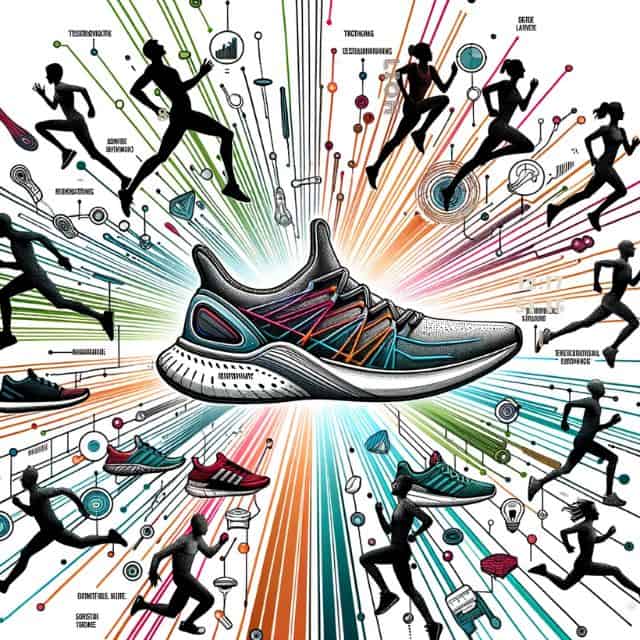
Navigating the ever-evolving world of athletic shoes can be overwhelming. With a myriad of running shoe features, materials, and technologies at our disposal, making an informed decision is paramount. This chapter serves as a guide, leading you through the essential steps and considerations in selecting the perfect blend of footwear technology for your needs.
7.1. Assessing Individual Needs and Running Styles
Before delving into running shoe customization or considering the latest in running shoe technology, it’s crucial to understand your unique requirements:
- Running shoe biomechanics and running shoe gait analysis: These determine the natural movement of your feet, helping you identify the type of support and running shoe comfort you need.
- Terrain and purpose: The running shoe traction and running shoe durability required for trail running vastly differ from those for track races or casual jogging.
- Running shoe fit and running shoe sizing: Always prioritize a snug fit to ensure optimal running shoe performance and injury prevention.
7.2. Cost vs. Value: When to Invest in High-End Technology
In the world of athletic shoes, price often correlates with advanced features and materials. But when should you invest?
- If running shoe health and running shoe wellness are paramount due to previous injuries, consider shoes with targeted running shoe cushioning and running shoe support.
- Professional athletes or those training for specific events might find value in specialized running sneakers that offer unique running shoe features like running shoe sensors or running shoe tracking capabilities.
- Sustainable choices: If running shoe eco-friendliness or running shoe sustainability aligns with your values, it might be worth the extra cost for shoes emphasizing running shoe recyclability or running shoe upcycling.
7.3. Reading and Understanding Running Shoe Reviews
Harness the power of collective experience:
- Focus on reviews that touch upon running shoe comfort, running shoe breathability, and running shoe flexibility—features that can significantly impact your running experience.
- Running shoe durability feedback helps forecast the lifespan of your investment.
- Running shoe customer experience and running shoe customer service reviews provide insights into the brand’s reputation and post-purchase support.
In the digital age, the perfect pair of running sneakers is more than just a fashion statement—it’s a harmonious blend of design, technology, and personal needs. By understanding your requirements and leveraging the collective knowledge of fellow runners, you can confidently stride into the future of athletic footwear.
FAQs
What are the latest technologies used in running shoes? The latest technologies in running shoes include responsive cushioning, energy return systems, breathable materials, and advanced traction.
How do running shoe technologies enhance performance? Running shoe technologies enhance performance by providing better shock absorption, improved stability, and increased energy efficiency.
What is the significance of lightweight materials in running shoes? Lightweight materials in running shoes reduce fatigue, improve agility, and allow for faster and more comfortable running.
Are there any new advancements in shock absorption technology? Yes, there are new advancements in shock absorption technology, such as gel-based cushioning systems and responsive foam materials.
What features should I look for in a high-performance running shoe? In a high-performance running shoe, look for features like lightweight construction, superior cushioning, excellent traction, and proper arch support.
8. Conclusion: The Revolutionary Impact of Technology on Running Gear
The convergence of technology and running sneakers underscores a broader movement in athletic wear: the pursuit of perfection. As brands harness the latest innovations, runners are the beneficiaries, enjoying footwear that not only complements but enhances their every stride. In this ever-evolving landscape, the future of running gear promises even more groundbreaking advancements, setting the stage for the next revolution in athletic footwear.
In the world of running shoes, every stride is a testament to the power of innovation. From advanced materials to personalized fit, every aspect has been meticulously crafted to redefine performance and elevate the running experience.
Running shoe technology has evolved, revolutionizing comfort, flexibility, and breathability. The fusion of biomechanics and design has paved the way for enhanced performance and injury prevention.
But it doesn’t stop there. The future holds even more exciting possibilities. With AI-driven solutions and virtual reality shopping experiences, runners can expect a whole new level of customization and convenience.
So, lace up your shoes and embrace the remarkable fusion of technology and human potential. The road ahead is filled with endless possibilities for runners who seek perfection in every stride. It’s time to ignite your passion for running and experience the revolutionary impact of technology on your journey to greatness.
As a veteran fitness technology innovator and the founder of GearUpToFit.com, Alex Papaioannou stands at the intersection of health science and artificial intelligence. With over a decade of specialized experience in digital wellness solutions, he’s transforming how people approach their fitness journey through data-driven methodologies.
